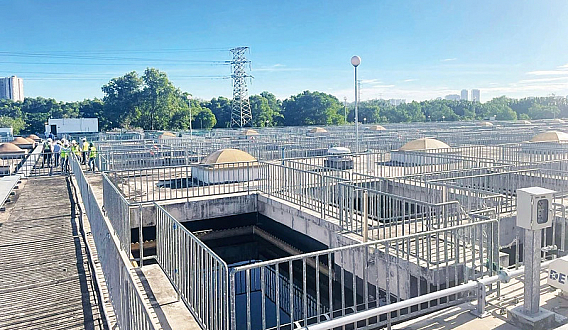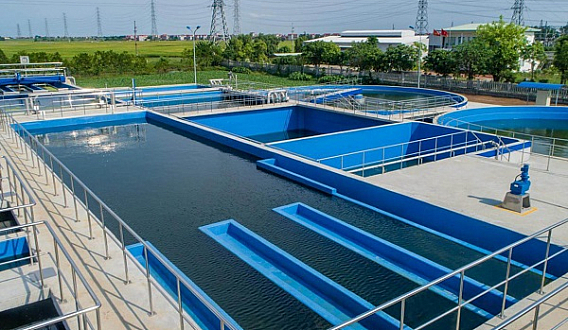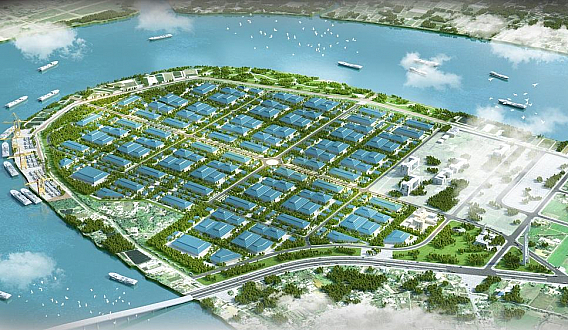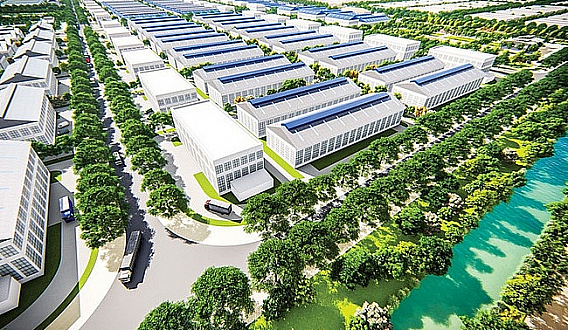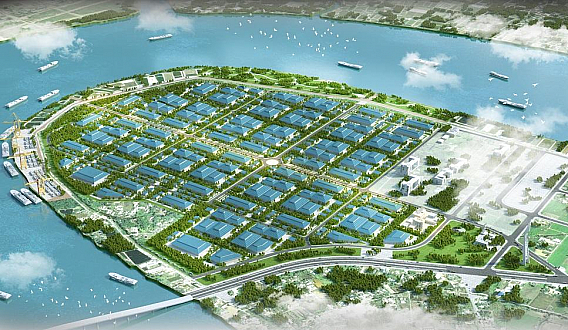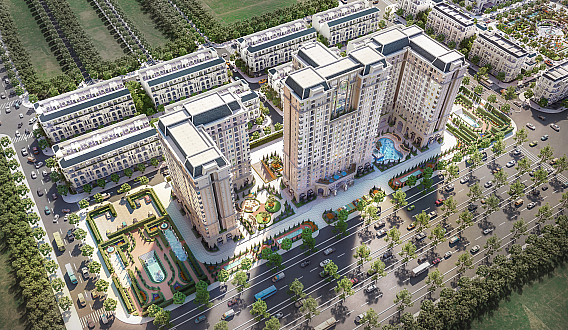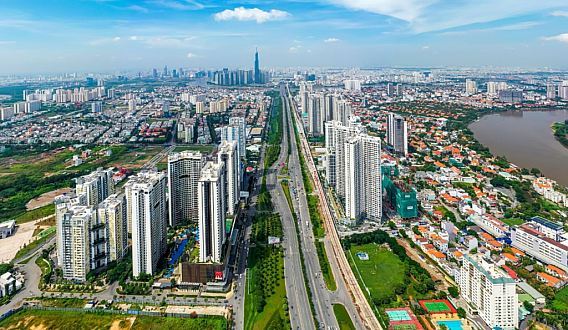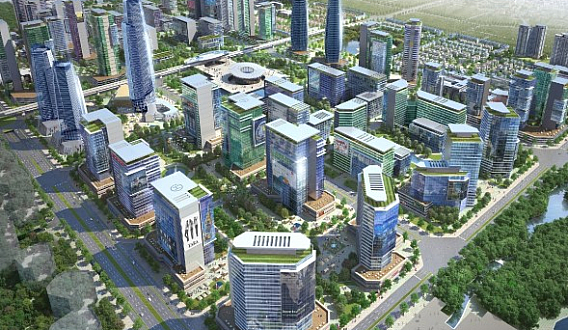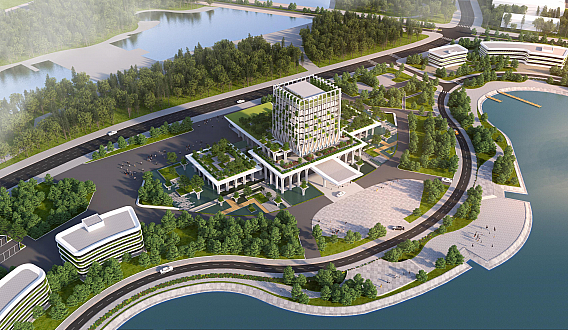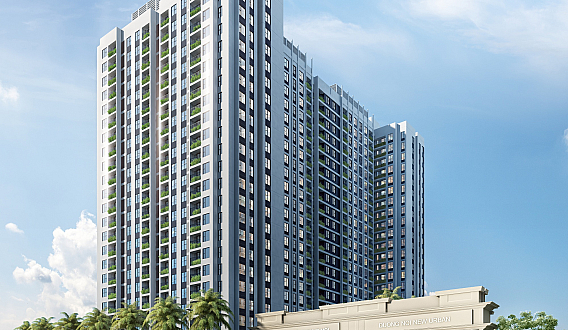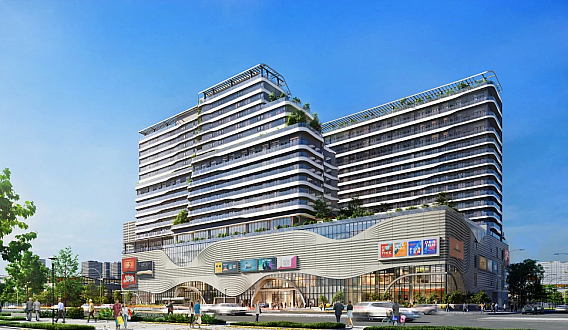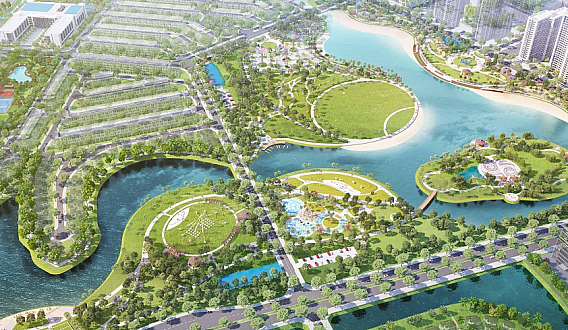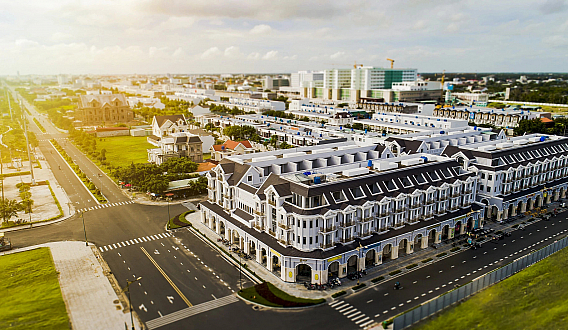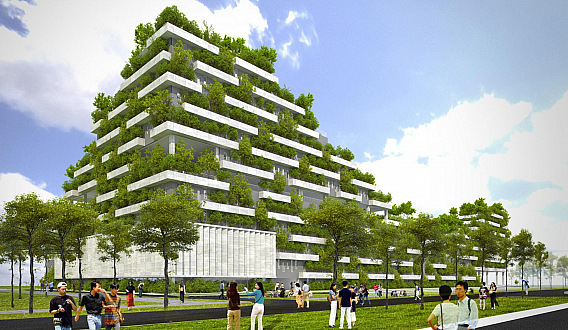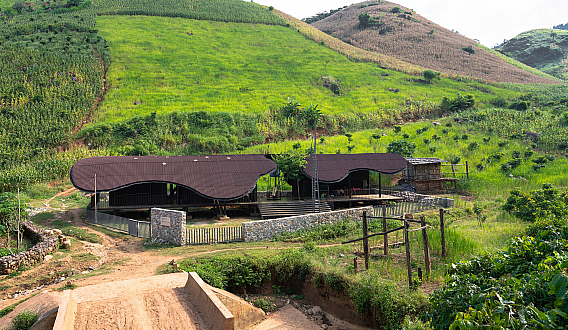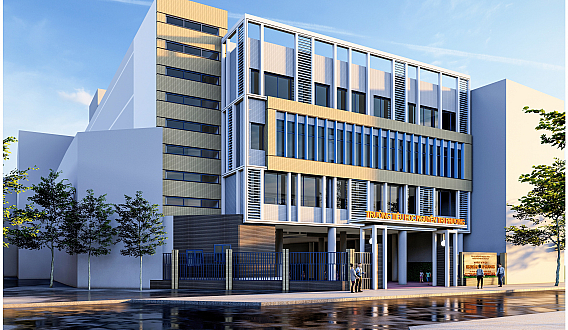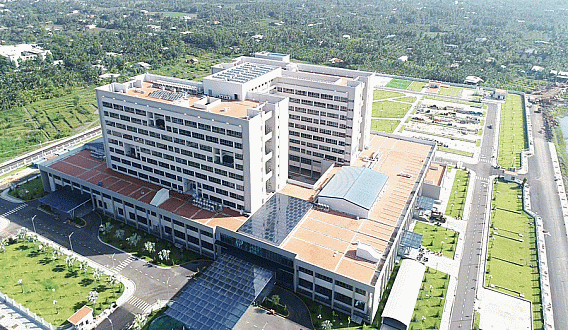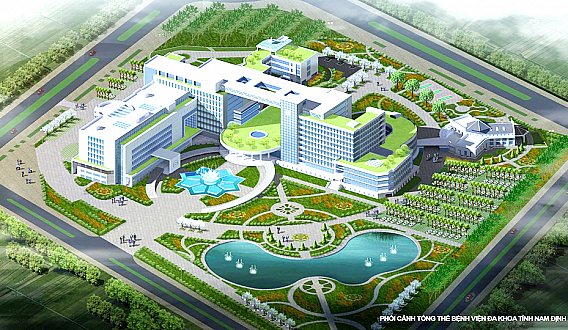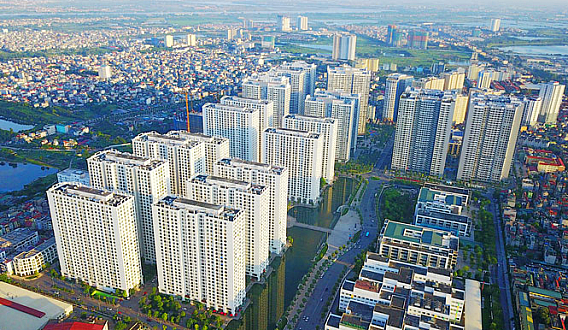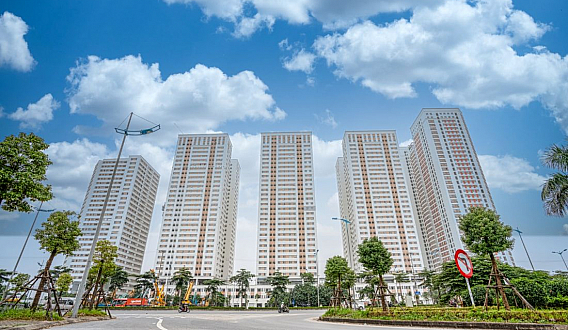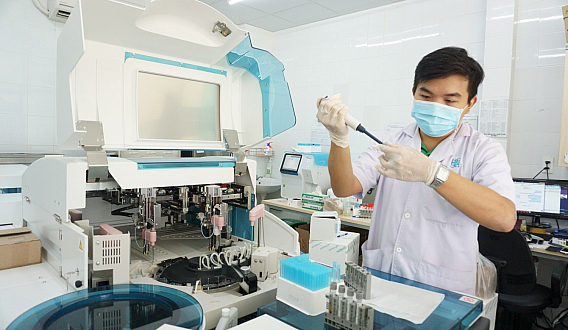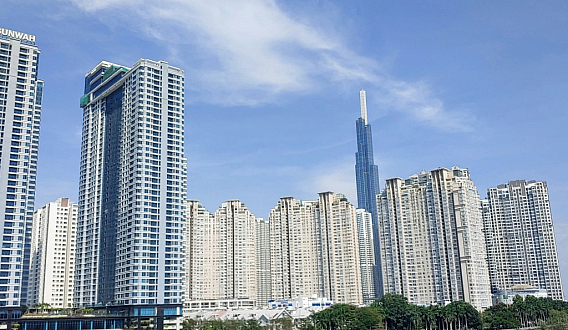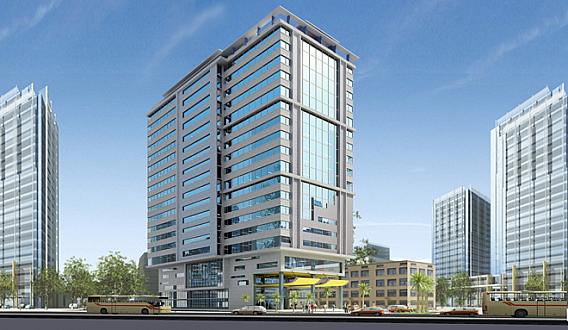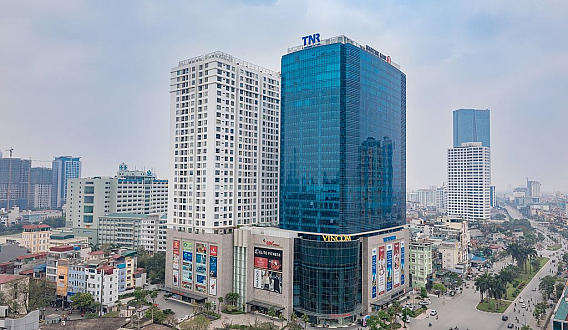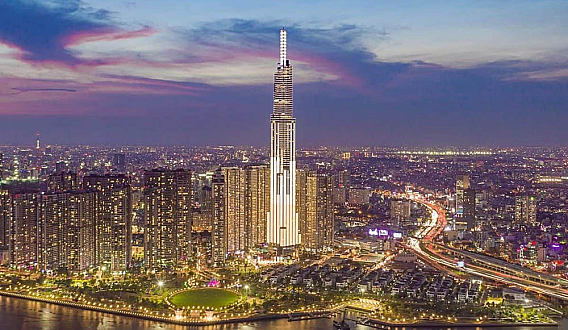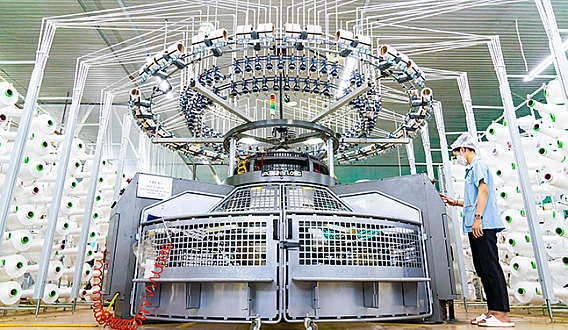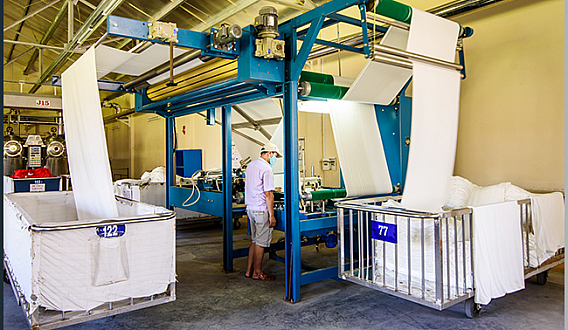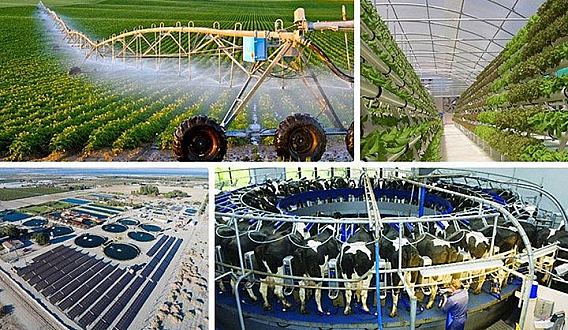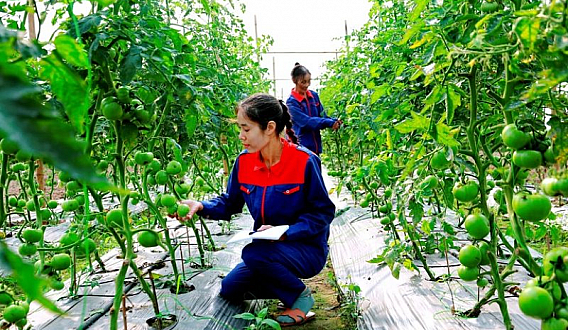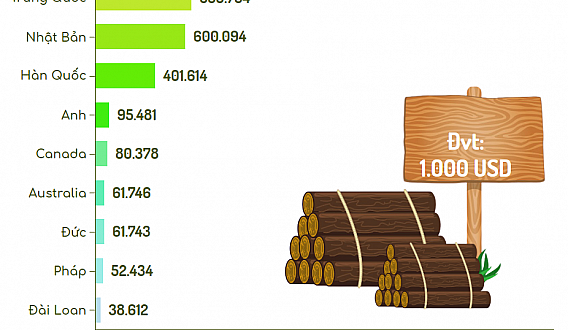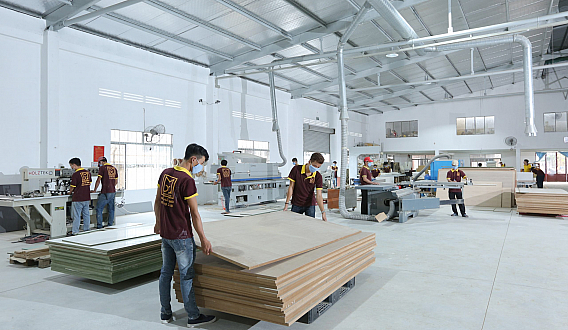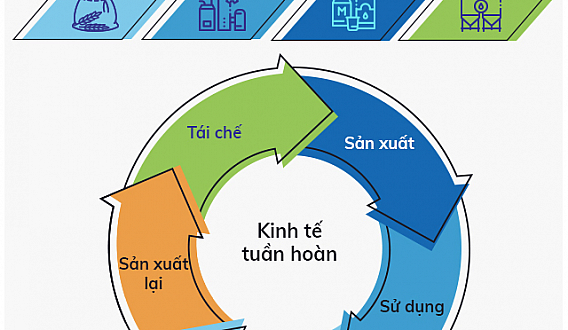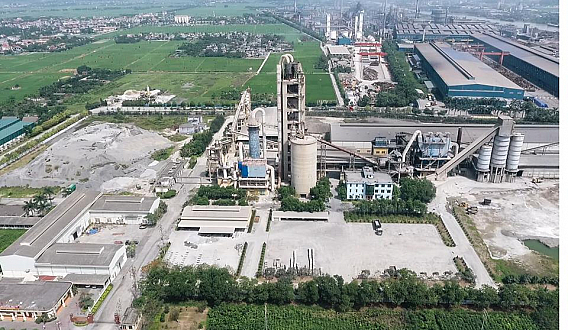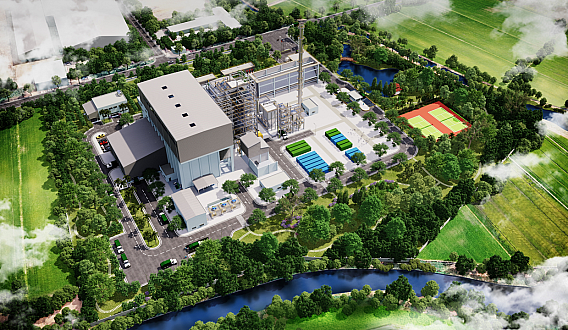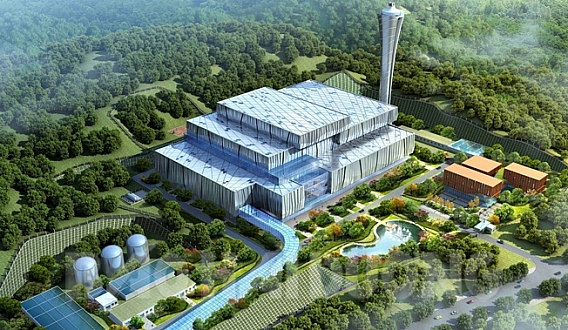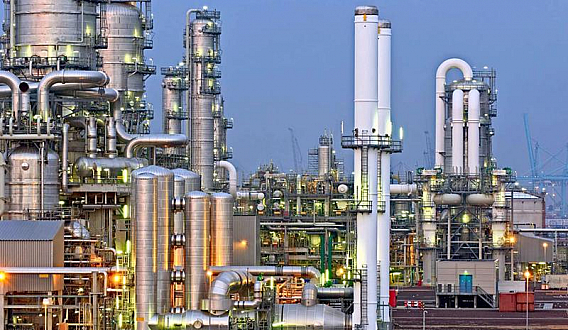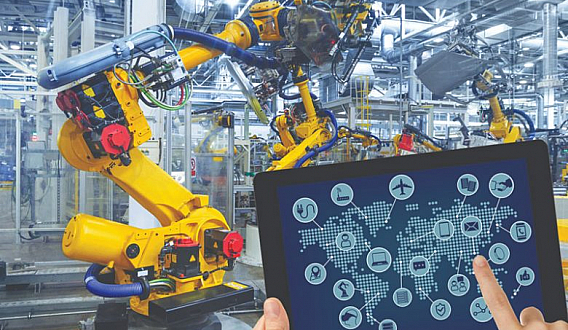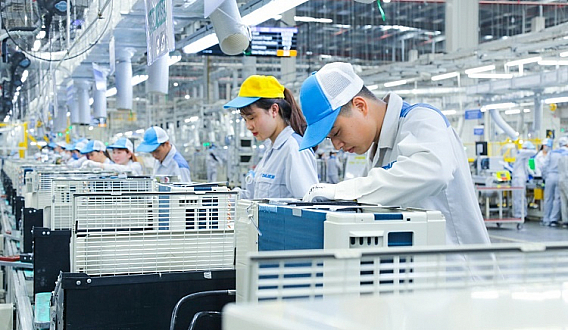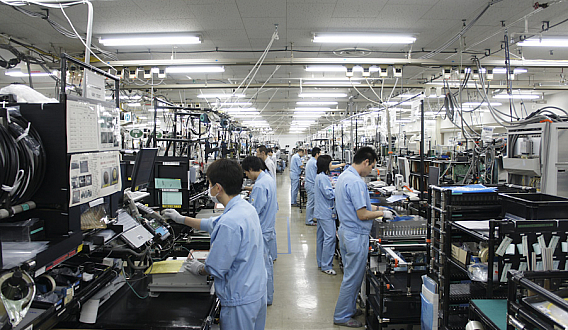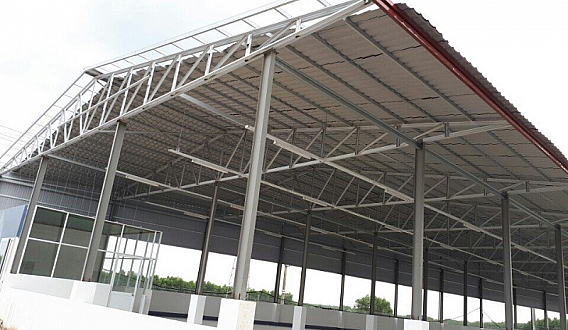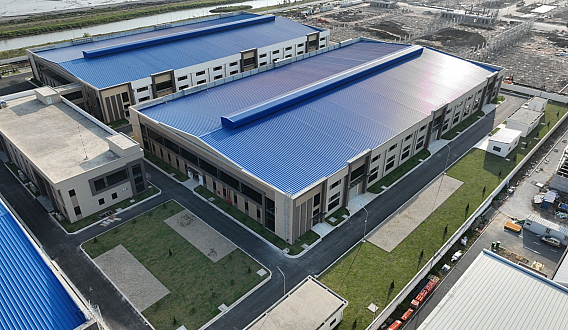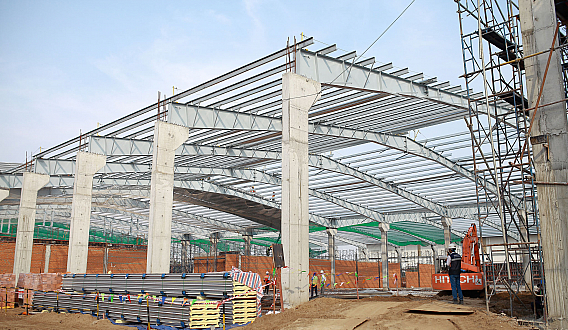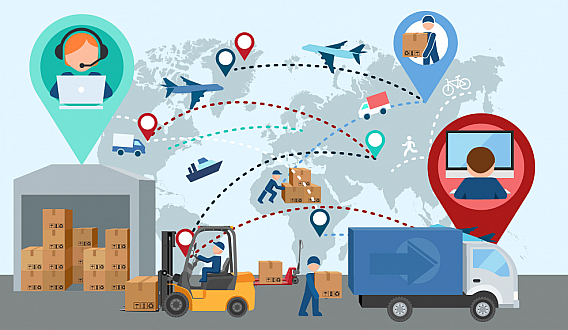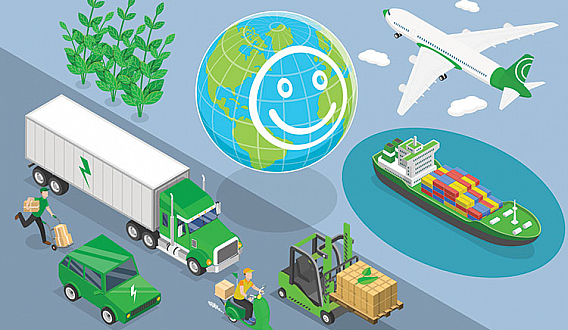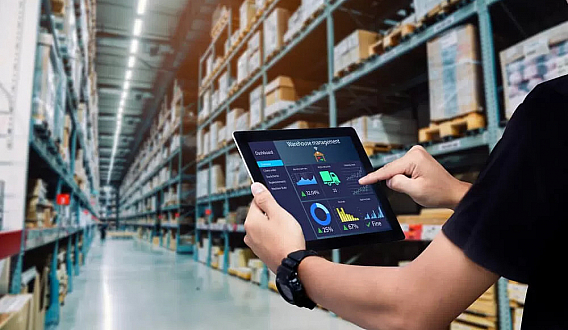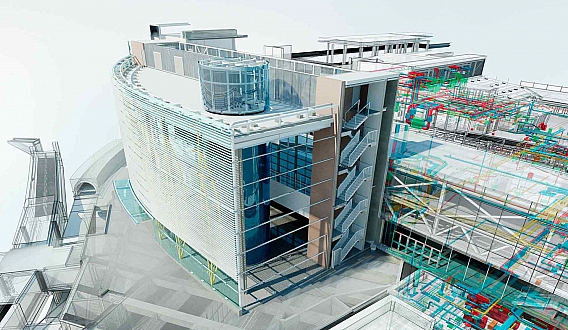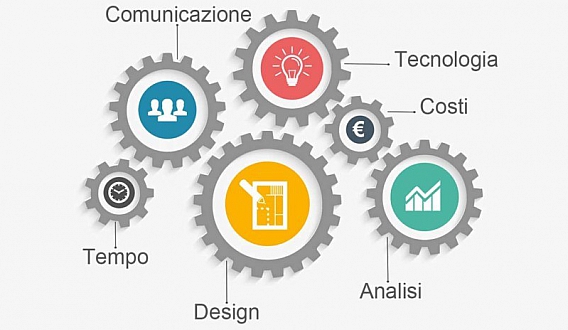Developing a strategy for the development of the logistics industry in Vietnam until 2030.
Developing a strategy for the development of the logistics industry in Vietnam until 2030.
In the context of new development, the logistics industry requires solutions to ensure its role in maintaining supply chains for goods and services, as well as innovative thinking and solutions to keep up with the world, and to demonstrate a leading role in efforts to protect the environment and reduce greenhouse gas emissions.
According to the Agility 2022 ranking, Vietnam's logistics market is ranked 11th among the top 50 emerging logistics markets globally. The compound annual growth rate (CAGR) for the Vietnam logistics market in the period 2022-2027 is forecast to reach 5.5%, in line with the strong recovery of the economy after the COVID-19 pandemic.

Vietnam is currently the leading country among ASEAN countries in terms of the number of logistics service companies licensed by the US Federal Maritime Commission.
The quantity and quality of logistics services have been improved, helping exports of goods and services to account for an increasingly high percentage of GDP, rising from 72.9% in 2015 to 93.3% in 2021. The volume of goods transport in Vietnam has been continuously increasing at a high rate from 2015 to the present, averaging about 17% per year, from 1.15 billion tons (2015) to 1.64 billion tons (2021); The volume of goods circulation has increased by over 30%, from 230 billion ton-km (2015) to 303 billion ton-km (2021). The direct contribution of the logistics sector to GDP each year is at 4 - 5%.
However, at the Vietnam Logistics Forum 2022, Mr. Tran Tuan Anh - Head of the Central Economic Committee, stated that despite the achievements, the development of Vietnam's logistics still faces many limitations: Vietnam's logistics costs are still high; there is still a weak linkage between logistics enterprises, between logistics and manufacturing/export enterprises, and a lack of a network of large-scale logistics companies with the capacity to lead the market and promote the development of the logistics industry; the development of multi-modal transport to limit the impact of the transport system on the environment is still slow; the application of science and technology has not kept up with the requirements of the fourth industrial revolution; and the infrastructure is still inadequate and not modernized...
Along with that, the environmental pollution situation, especially the increase in greenhouse gas emissions in the transportation industry and some other logistics activities, is limiting the development of green logistics in Vietnam.
The context and reality mentioned above require the logistics industry to have solutions that ensure the role of logistics in maintaining supply chains while also having a different mindset, vision, and innovative solutions to keep up with the world, demonstrating a leading role in efforts to protect the environment and reduce greenhouse gas emissions. This poses a challenge for the logistics industry in Vietnam to green its supply chain activities, actively promote process improvement, invest in technology to improve supply chain efficiency in tandem with environmental improvement and sustainable development.
To further develop the logistics industry, Mr. Tran Luu Quang, Secretary of the Hai Phong City Party Committee, has proposed five solutions to promote logistics services. These include promoting administrative reform, digital transformation in the port, and logistics sector; enhancing investment attraction, promoting trade, forming specialized logistics service chains with high added value and regional connectivity; planning and building large-scale logistics hubs connected to seaports, industrial parks, economic zones with modern, smart, and integrated infrastructure...
In addition, it is necessary to mobilize and effectively use resources to focus on investing in some key infrastructure and transportation projects with regional connectivity, such as the remaining docks of the Hai Phong International Gateway Port, upgrading the Cat Bi International Airport, upgrading the transportation system connecting to other localities; researching and developing some training institutions to serve the logistics service sector.

To develop a logistics industry development strategy for Vietnam by 2030
Mr. Tran Tuan Anh suggested that the Ministry of Industry and Trade needs to closely coordinate with relevant ministries, agencies, and bodies to further specify and advise on the party's views and development policies regarding logistics services. At the same time, research, develop, and submit for approval the Logistics Industry Development Strategy for Vietnam by 2030, vision towards 2045, ensuring that it meets the development requirements of this sector in the new context and situation.
In particular, the focus is on developing green logistics and environmentally-friendly solutions; improving the legal framework, policies, and regulations regarding logistics services, multimodal transport, cross-border transport, and domestication of international commitments on logistics, creating a favorable legal basis for logistics activities and developing green logistics in Vietnam.
Especially, the implementation of digital and green transformation in the logistics industry is both a requirement and a motivation for the innovation and sustainable development of the Vietnamese logistics industry in the coming time. Continuously promoting international linkage and cooperation activities, especially in the field of training, sharing experiences in developing green logistics, digital logistics, e-commerce logistics, etc., to enhance the capacity, adaptability, competitiveness, and mastery of some value chains of Vietnamese enterprises in this field in the future.


